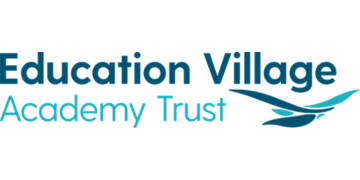Just as children see through us when we are not being authentic, they also see through books which, though well meaning, can be tokenistic in representation. Carelessly chosen texts will have no impact, and it is important that children are both reflected in what they read and exposed to experiences they may never otherwise engage with.
It’s great to feel unique, but ultimately human beings have an innate appetite to belong. Books can provide this if they are accessible, showing our value and all the things we can be. In that sense, they act as a mirror, but they also act as a window onto the world.As teachers we have a responsibility to build children’s cultural capital, recognising that for some, their life experiences are not as rich as others.
Some children will have an array of diverse texts in the home, with lots of wonderful book talk and life experiences to provide context. For others, we need to aspire to provide this. No child in our school should look at the books on our shelves like Charlie Bucket looking into the sweetshop window, knowing there are a range of wonderful, diverse sweets on sale but that all these mouth-watering experiences are reserved for others.
Sadly, the reality of straitened school budgets means teachers are often themselves left gazing through the window of an increasingly rich and diverse publishing sector. However, there are a number of ways that schools can mitigate this and ensure every child in their care is able to sample texts that are appropriate, relevant and engaging to them. Doing so is a matter of equity.
Spoiled for choice
The internet has democratised literature – to an extent. Publishers are much better able to share with us thanks to their extensive use of social media. As a result, we now have a much better understanding of the diverse range of texts out there.
This is great, but at times it can feel a little overwhelming. They all look so good, but it does often leave us to make difficult choices. The key is to put the needs of the children first. Here are five steps to ensuring you make the right choices and ensure each text is as impactful as possible.
Teamwork makes the dream work
The first step will take time, but it is key. Choosing texts must become a team effort, involving teachers, teaching assistants, the English lead and SENDCo (and librarian, if you have one). This way, you can ensure every decision is based on clear knowledge of the children, their needs and unique differences as well as the full range of texts on offer to meet these.
Make it happen on purpose
Good book choices and a diverse library don’t happen by accident; it is intentional and needs to be built with purpose, based around the needs of the children. This is about more than what the texts convey, but also how it is conveyed and accessed.
Make it easier on yourself
Many publishers and reading schemes have already created explicitly planned banks of diverse, online and hard-copy quality texts. These can be particularly useful to reduce workload, but do your research and ensure the texts are authentic and representative of your children and their needs.
Choose accessibility
Recent research has found that three times more teachers whose pupils had access to eBooks rated their school’s culture of reading for pleasure as excellent. eBooks are not only cost-effective but brilliantly accessible, with inclusive features such as dyslexia-friendly backgrounds and read-to-me audio. They can be a powerful enabling tool.
Talk about it
A given, perhaps, but talking about the diversity, the inequality and the conflict you encounter in texts is how you will ultimately challenge thinking, stereotypes, fear, suspicion and prejudice.
Like every book lover, I love the feel and smell of a physical book in my hand. But I am a realist too; not everyone has them or can afford them, and even if they could not everyone can enjoy them. An inclusive library in 2023 must offer more.
To read the National Literacy Trust and Pearson’s full report, Using eBooks to support reading for pleasure in 2023, click here











Your thoughts